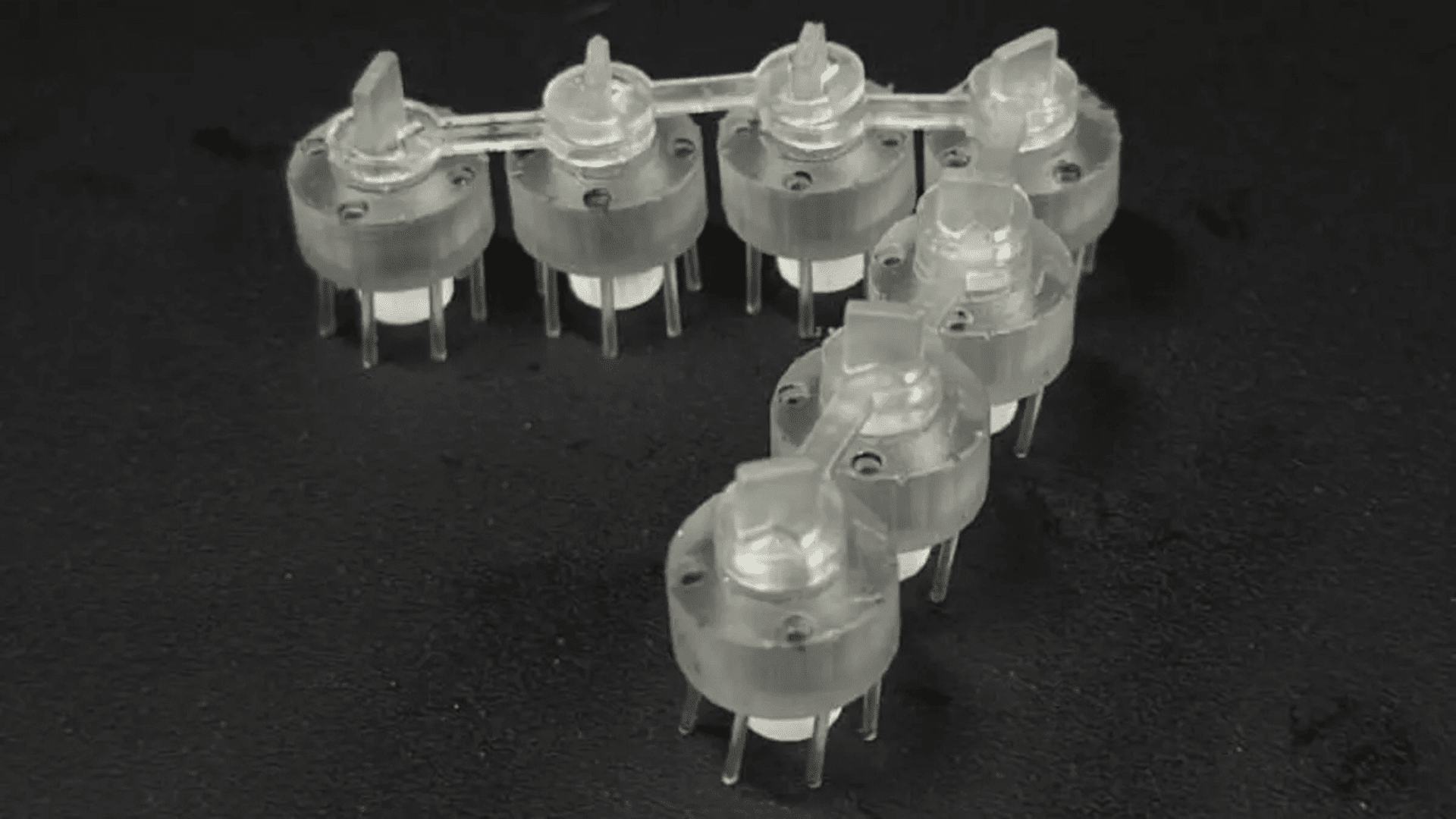Scientists from Harvard and Seoul National University built a simple robot inspired by nature. The next-gen tech is unique because it can work as a team without complex sensors, codes, AI, or commands.
Swarm Robots Inspired by Nature

The research team behind the project linked together small, self-moving particles into chain-like, flexible structures. According to Interesting Engineering, these “link-bots” are unique because they don’t require complex control systems or AI to perform tasks like exploring, moving, adapting, and collaborating as a group.
Traditional swarm robots typically rely on various high-tech tools and advanced algorithms to stay coordinated, which can cause issues when they’re operating outside of controlled environments. This model was inspired by ant colonies and groups of cells, which achieve coordination through local interactions and physical rules with no central command.
Using this principle, the team arranged the robots into V-shaped chains. The movement of the bots is dictated solely by mechanical constraints, which resulted in a lifelike coordinated behavior without a digital brain.
The link-bots utilize simple physical rules to determine how they rotate and move within the chain. When the geometry of the link is adjusted, the system automatically reshapes itself to adapt to different environments or tasks.
The robots are capable of executing a variety of actions, such as moving forward, stopping, turning, or reversing directions. They also work in groups, handling tasks such as transporting objects more efficiently than a single bot could manage alone.
Researchers fine-tuned these designs using a detailed computational model, which allowed them to explore how different chain formations and particle counts could influence motion and coordination. This new robotics approach could enable engineers to build models that are more low-cost, energy-efficient, and able to adapt to a variety of environments.


